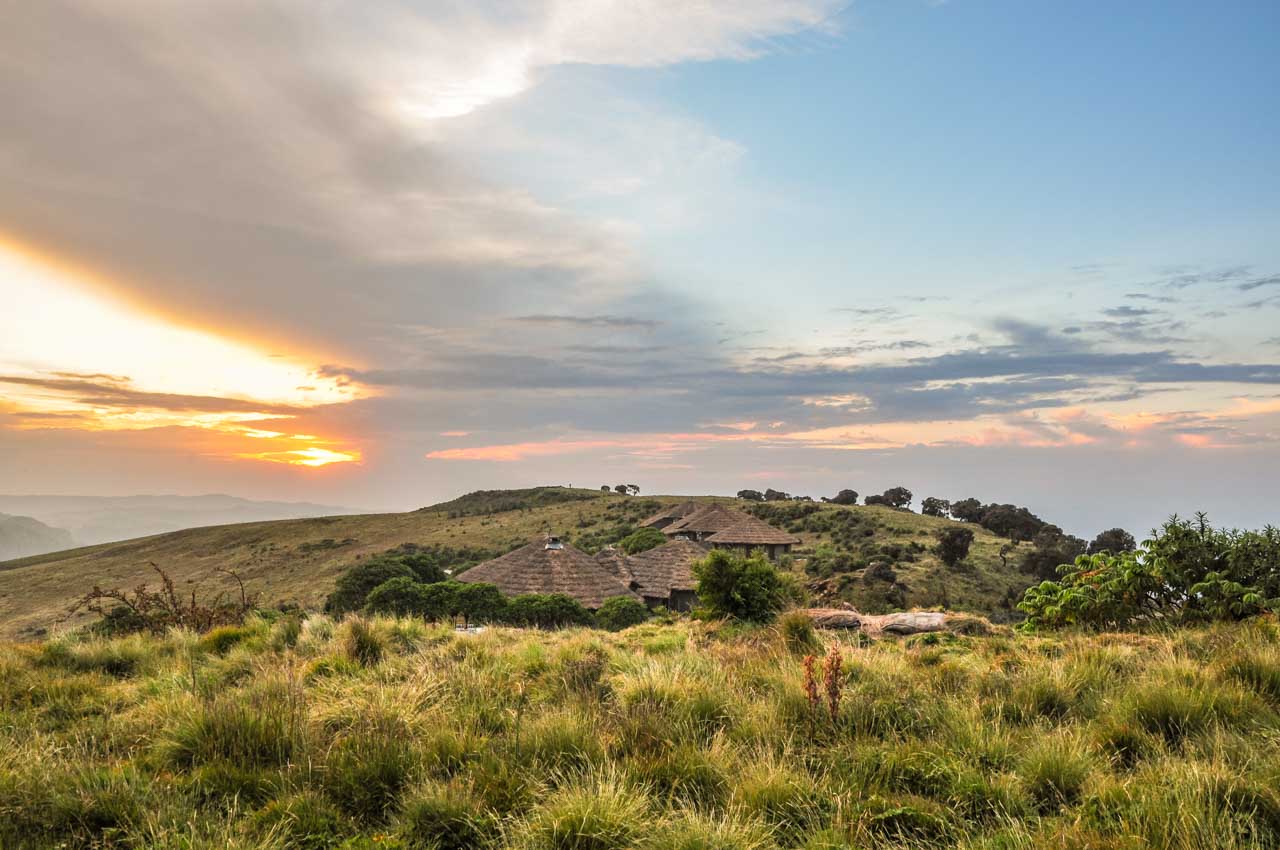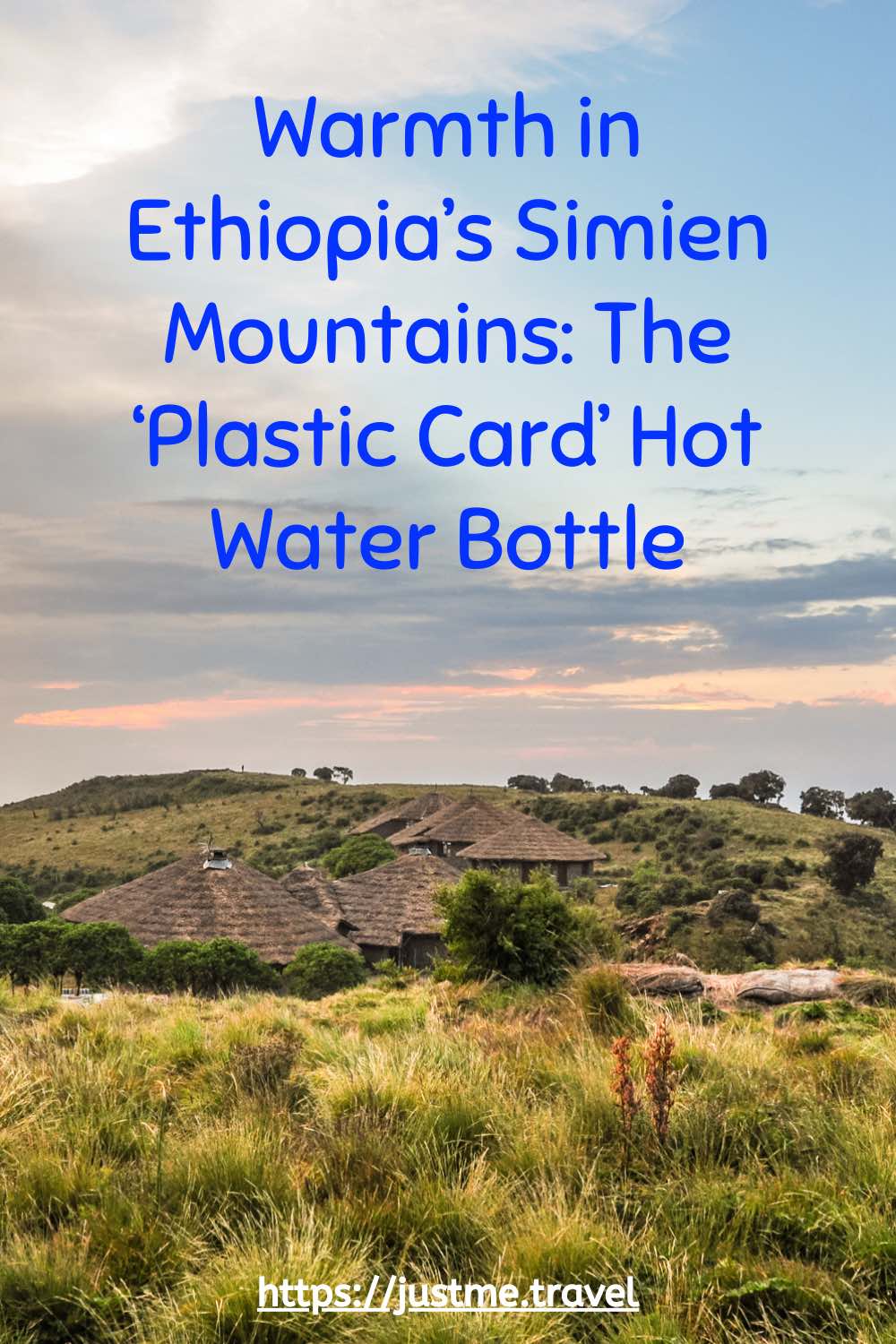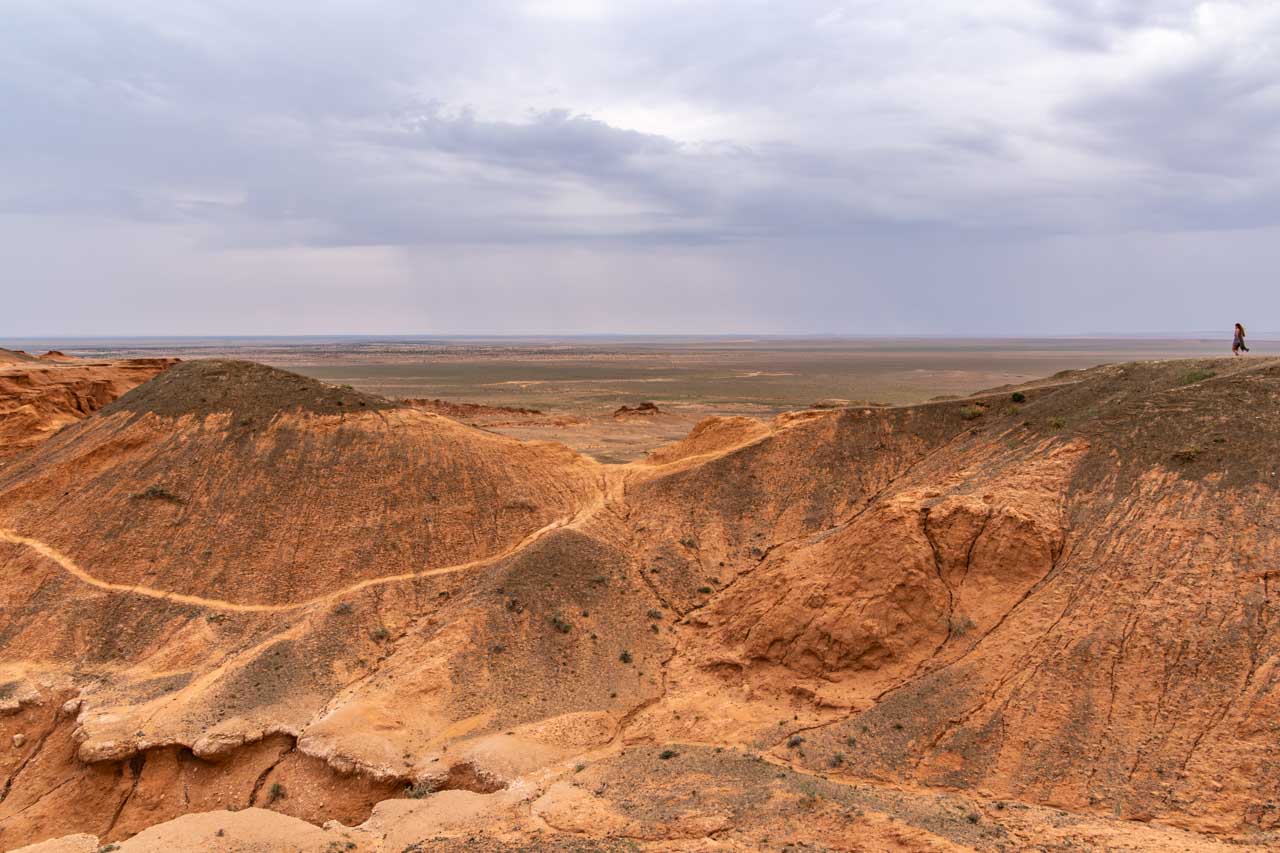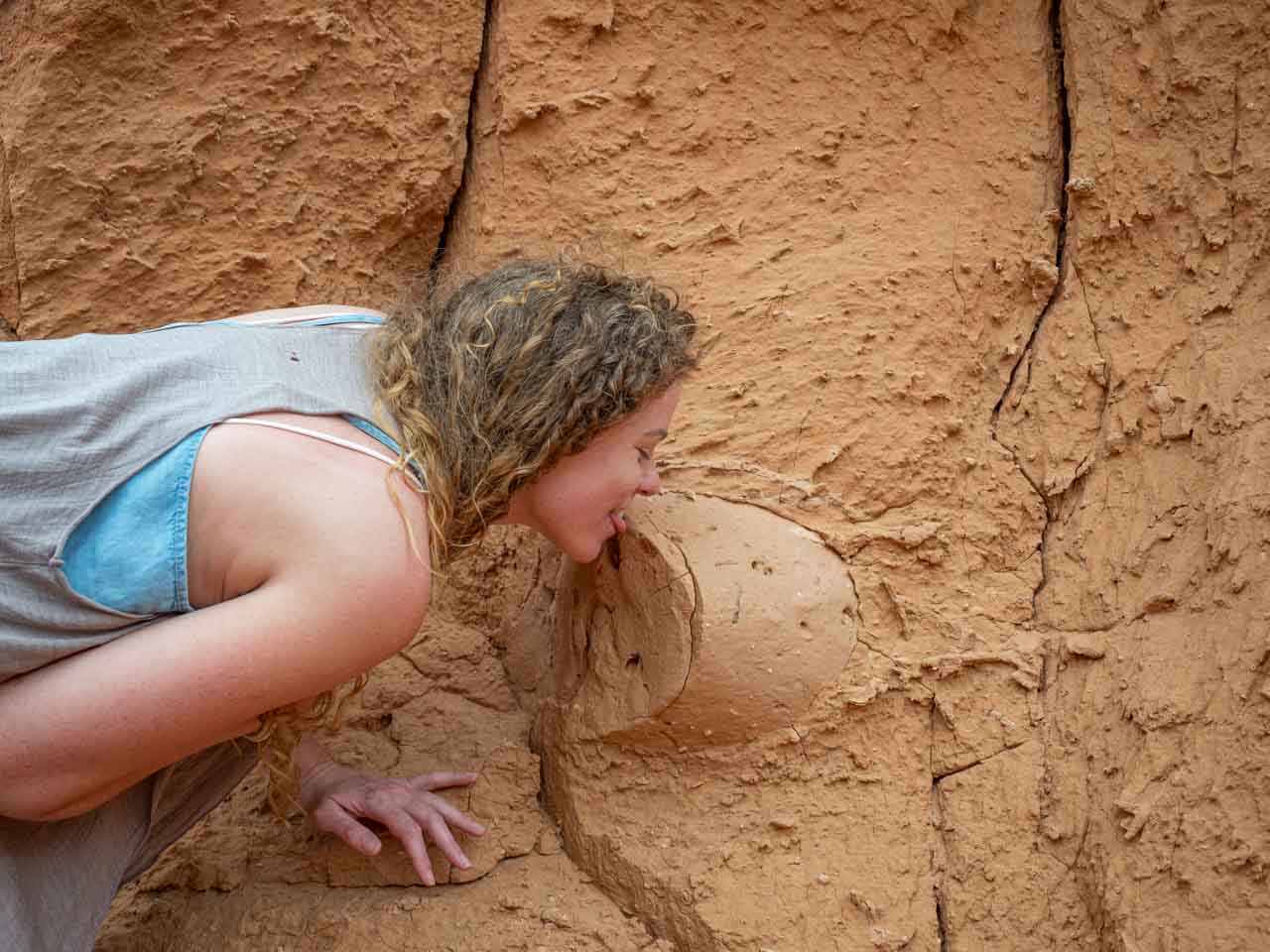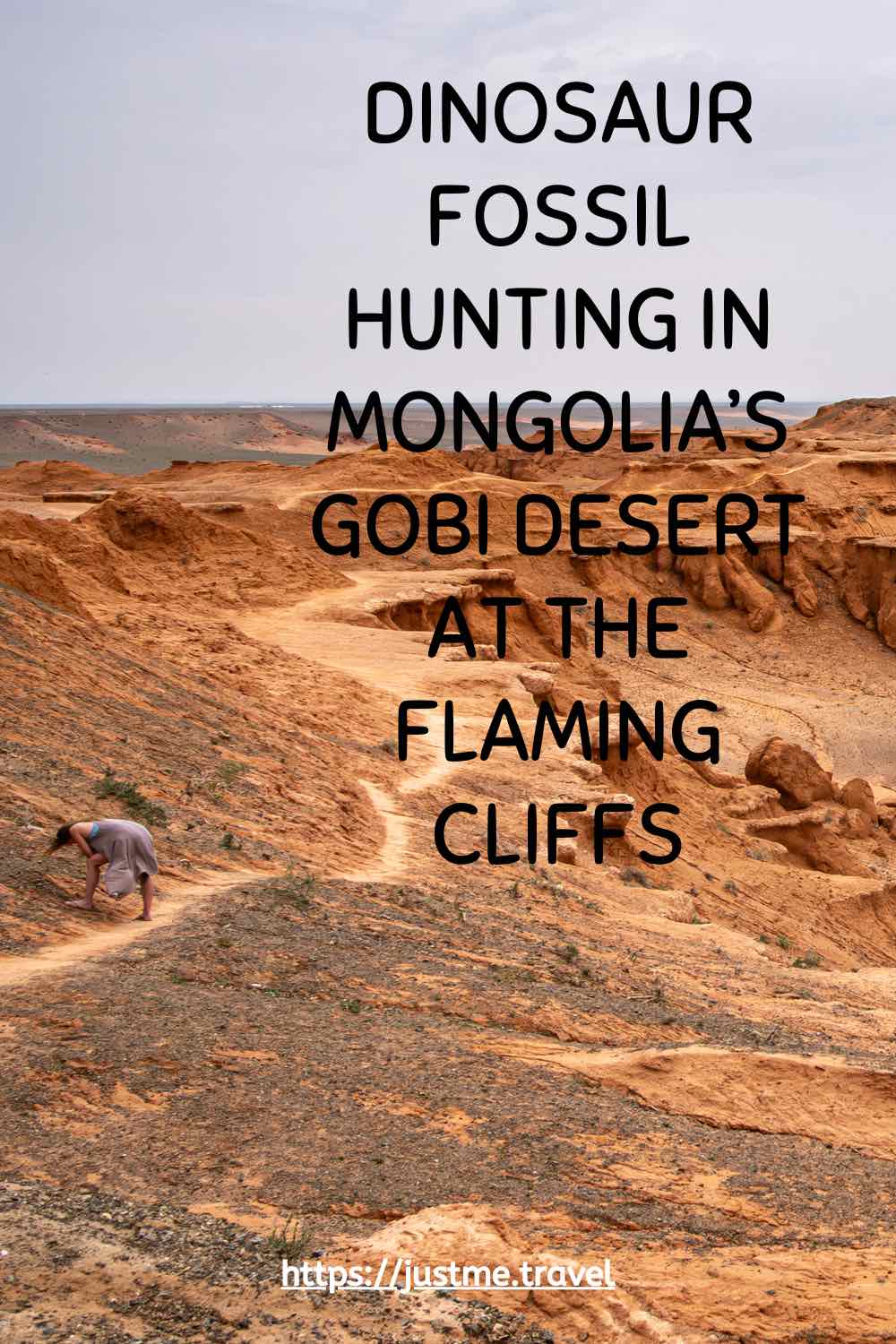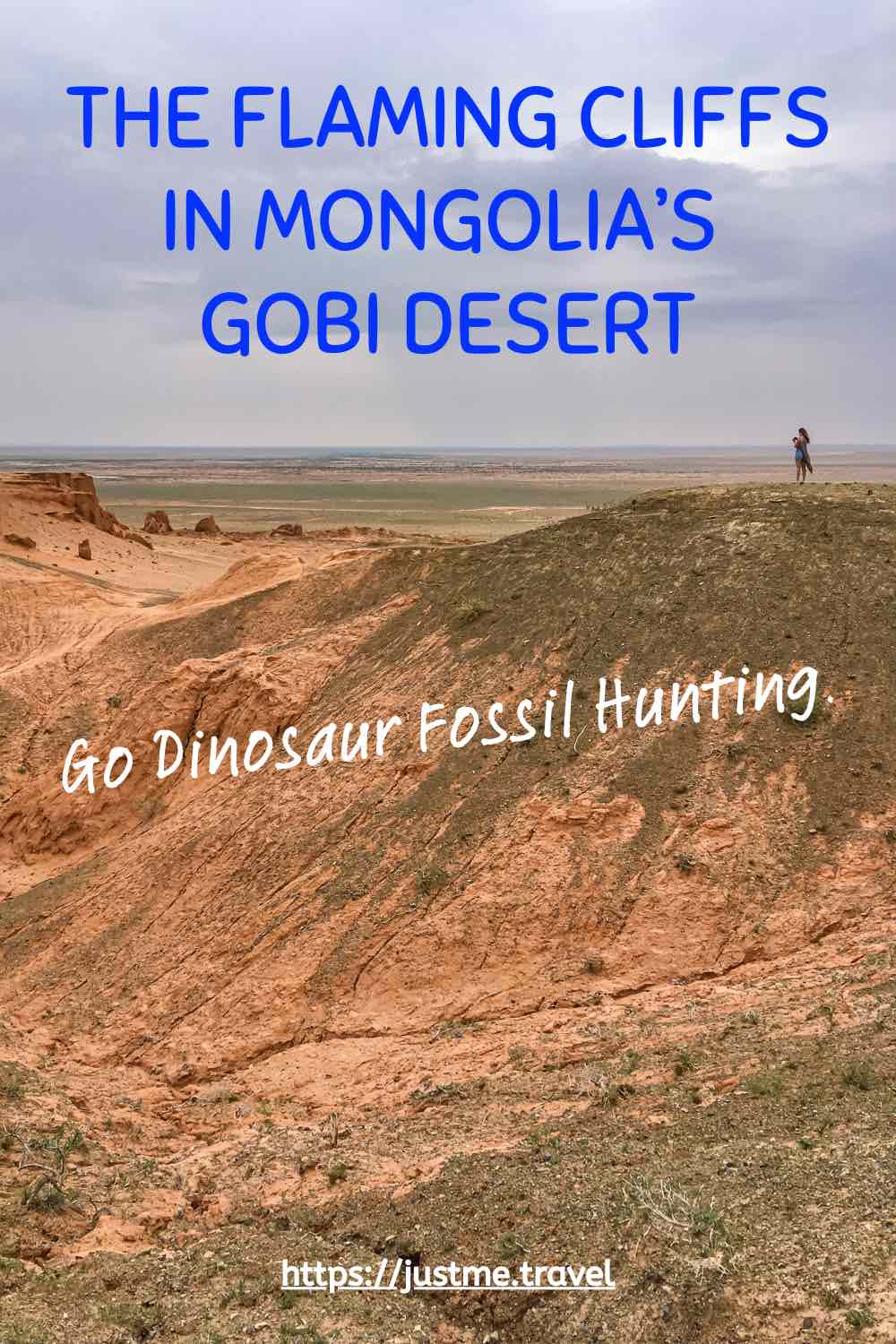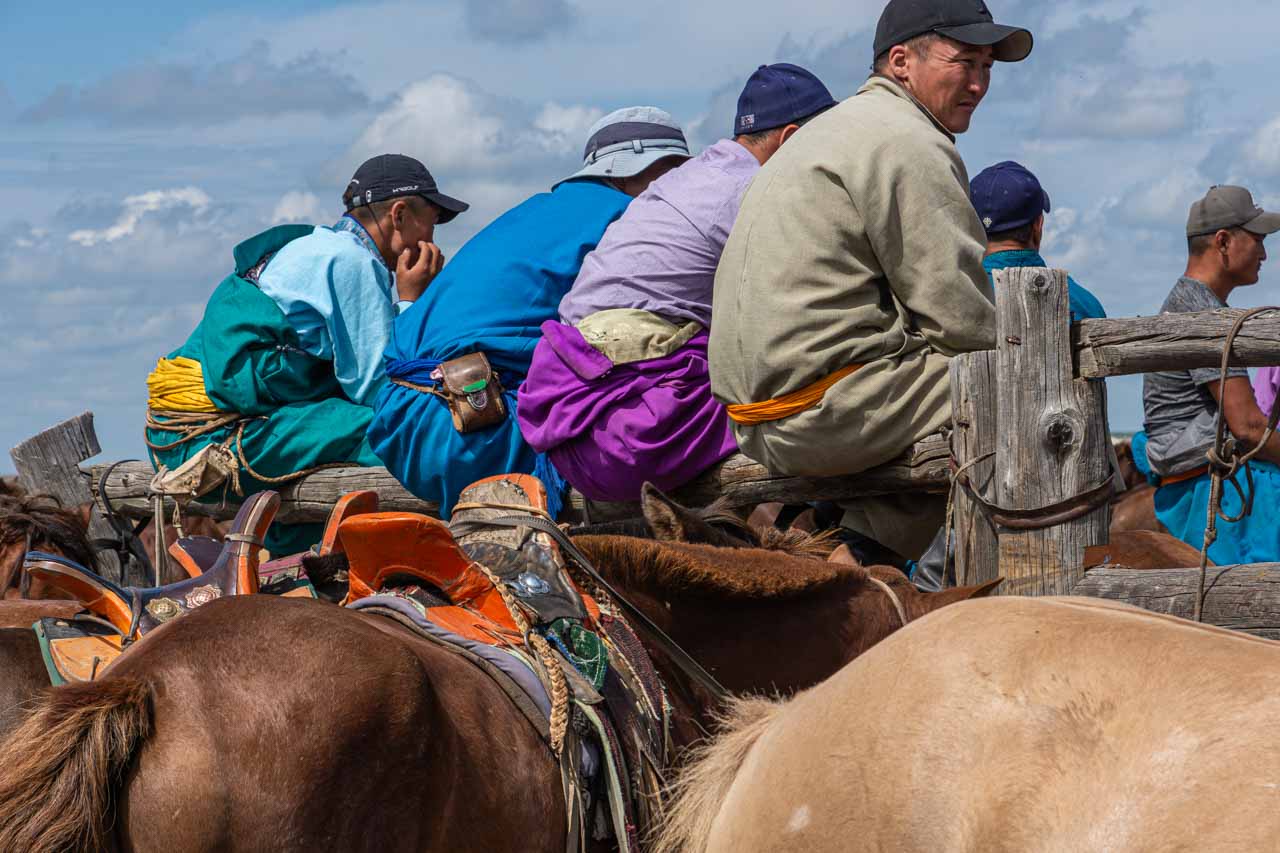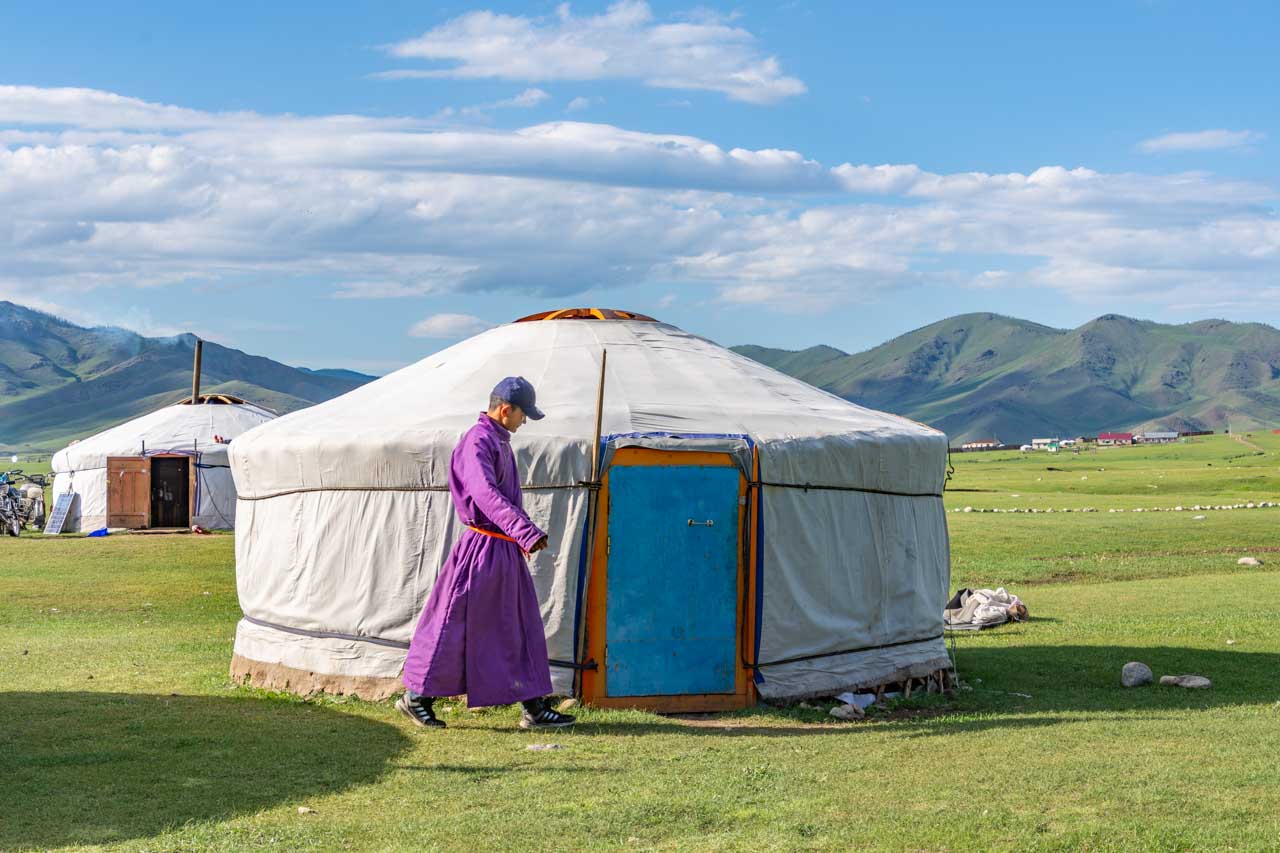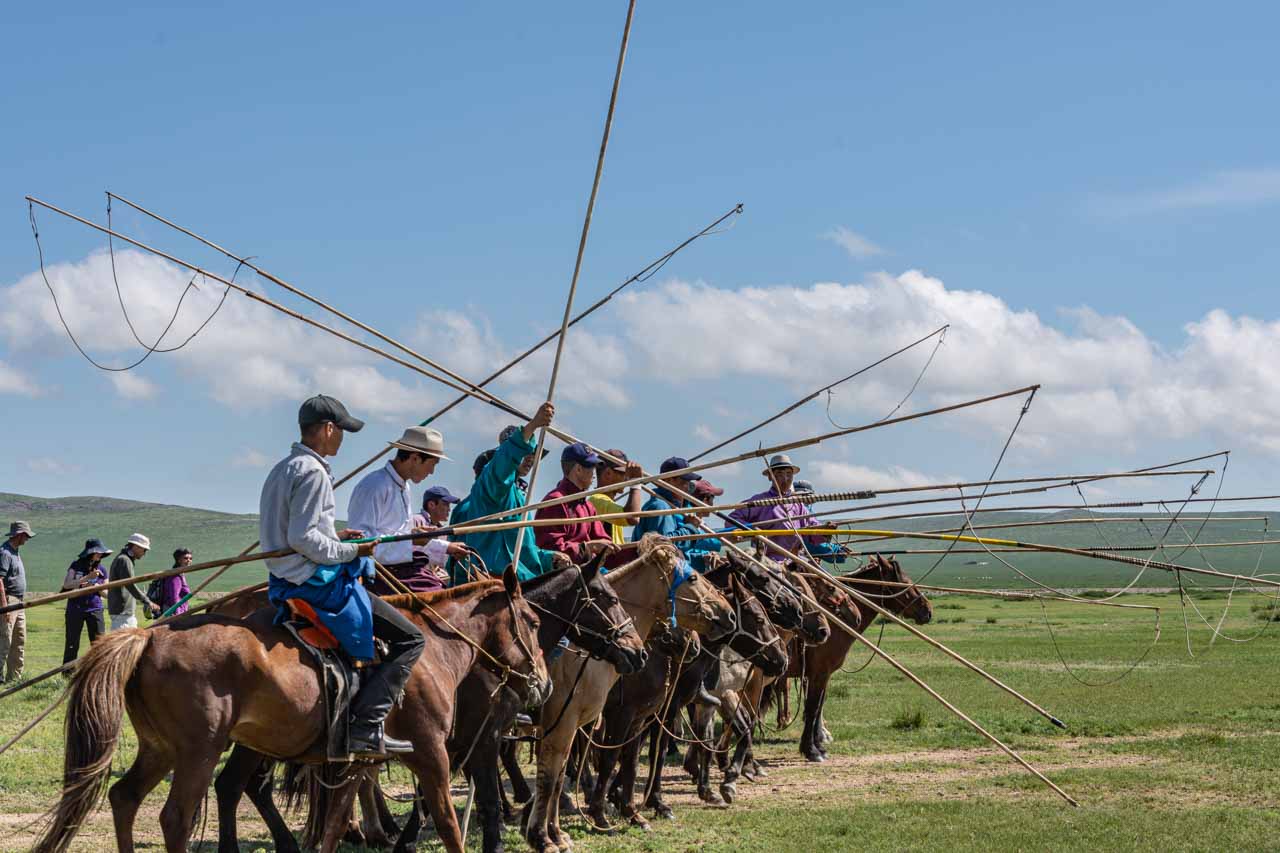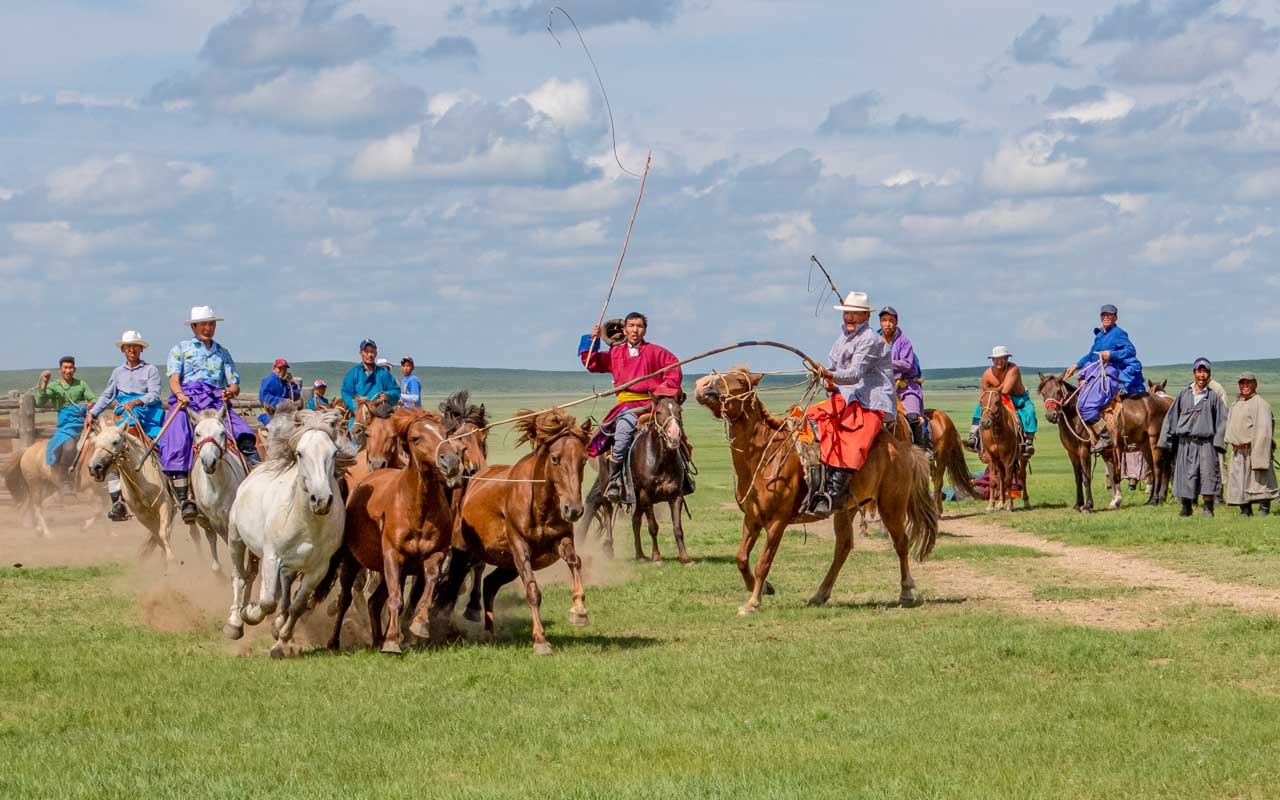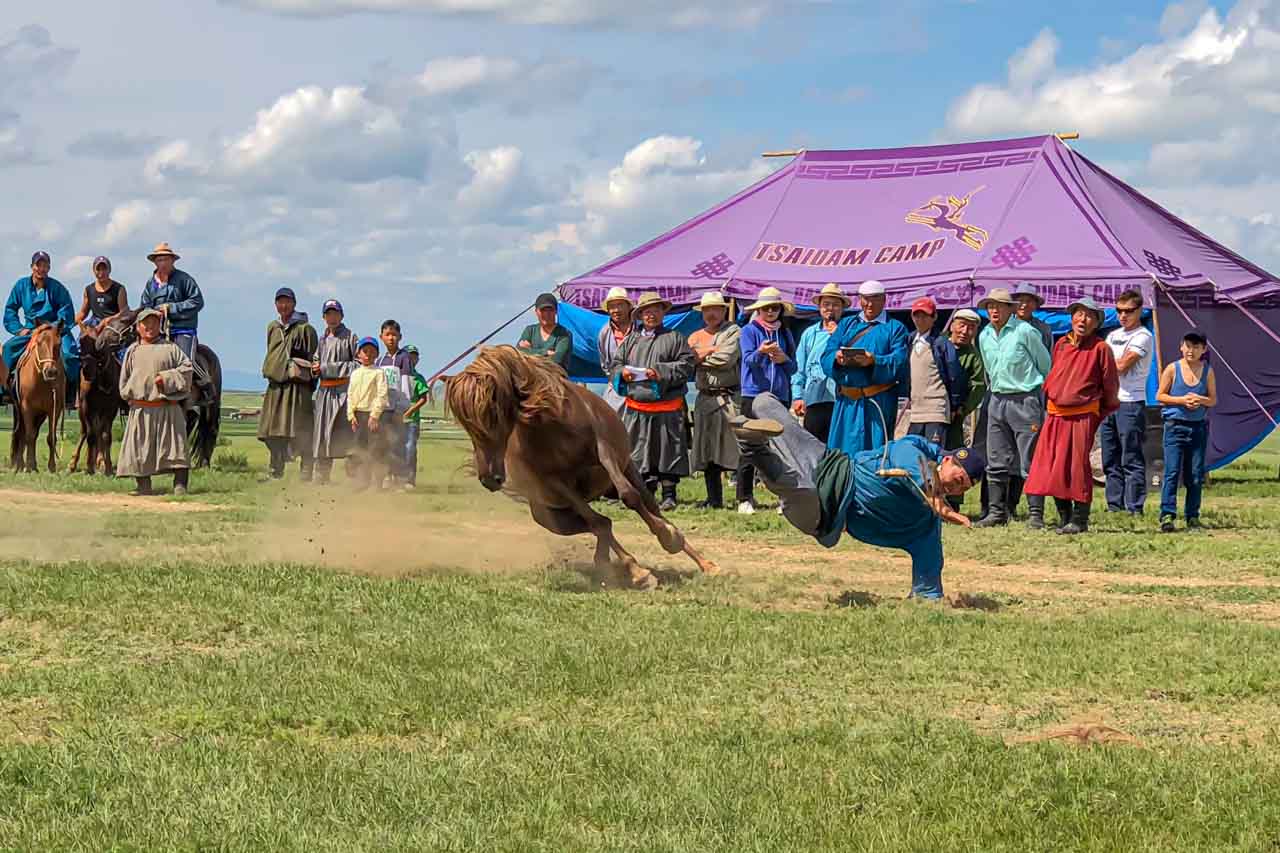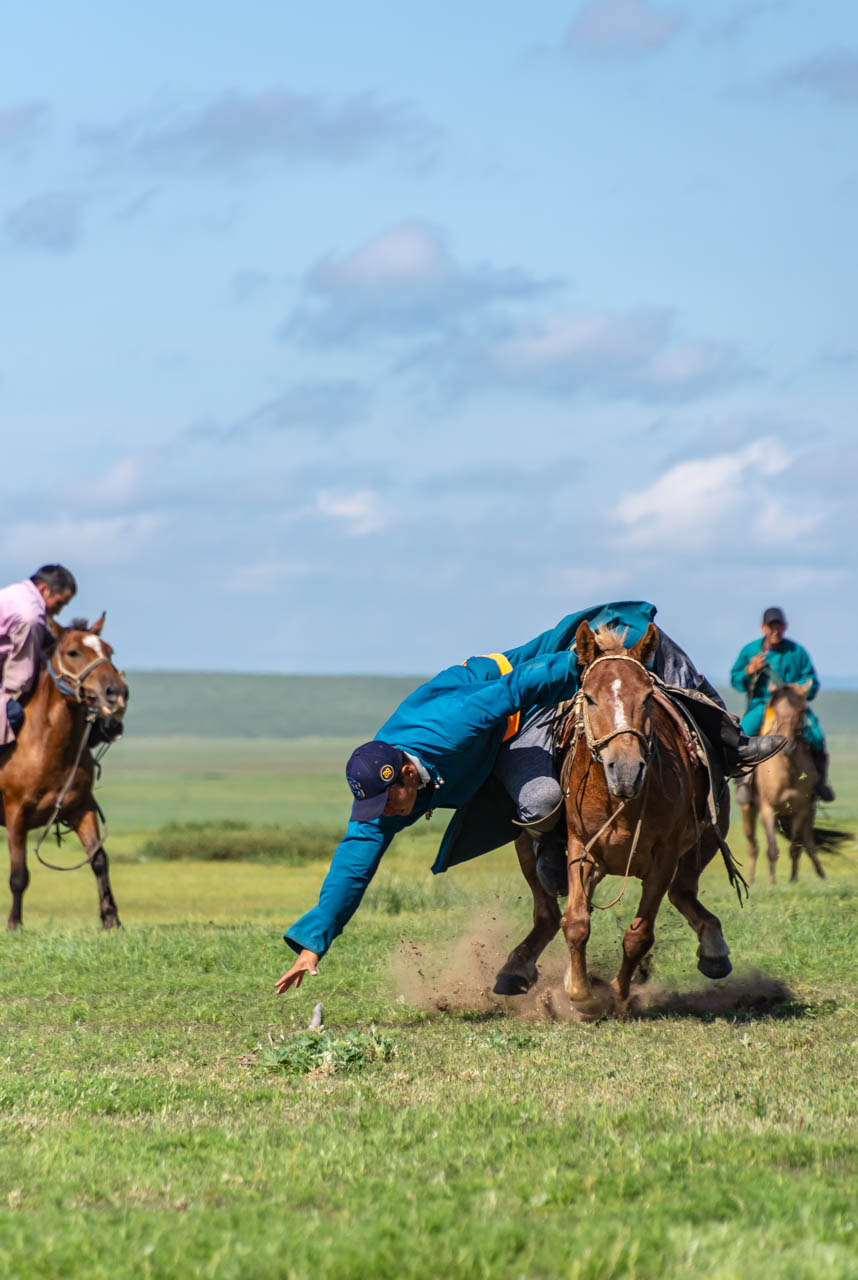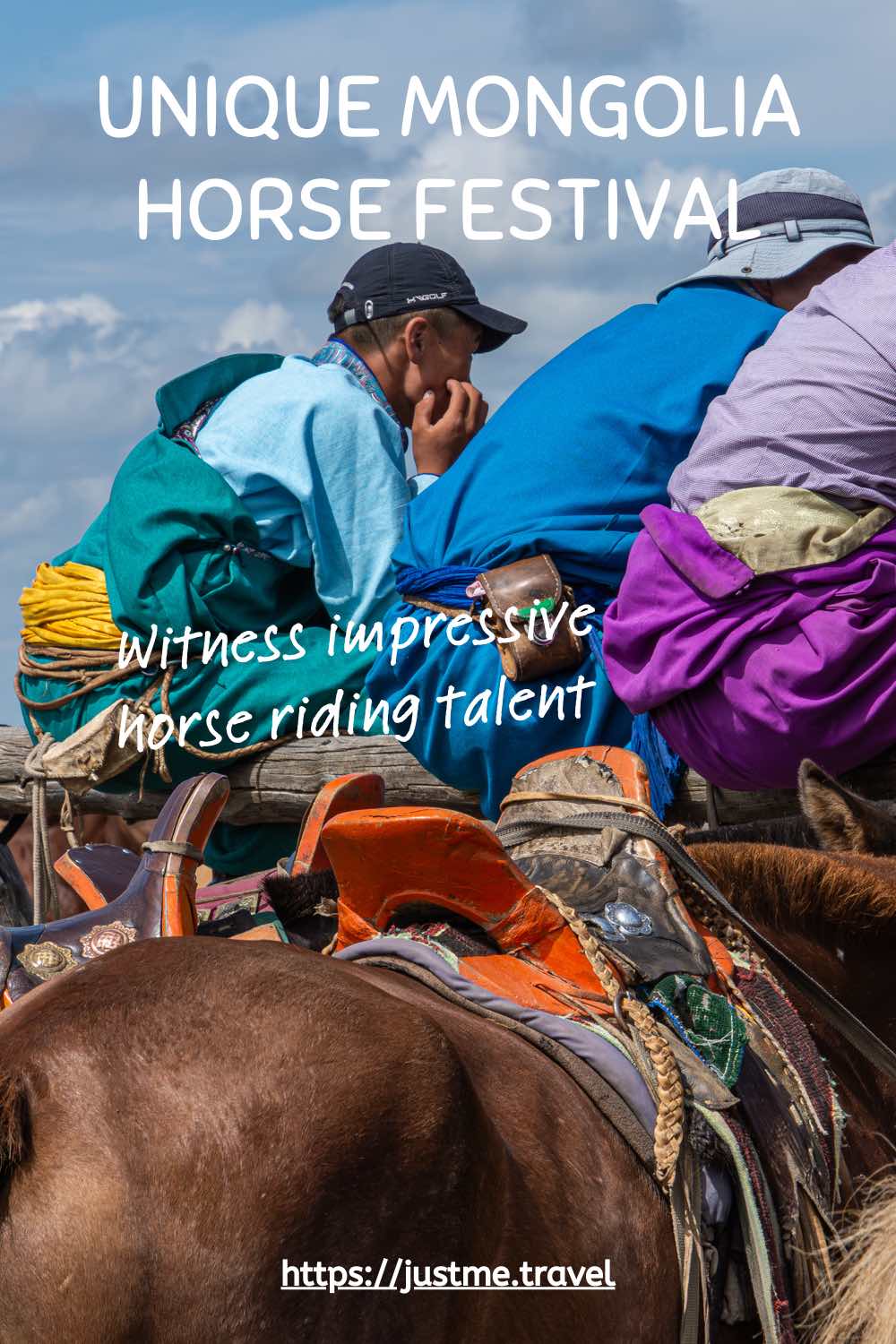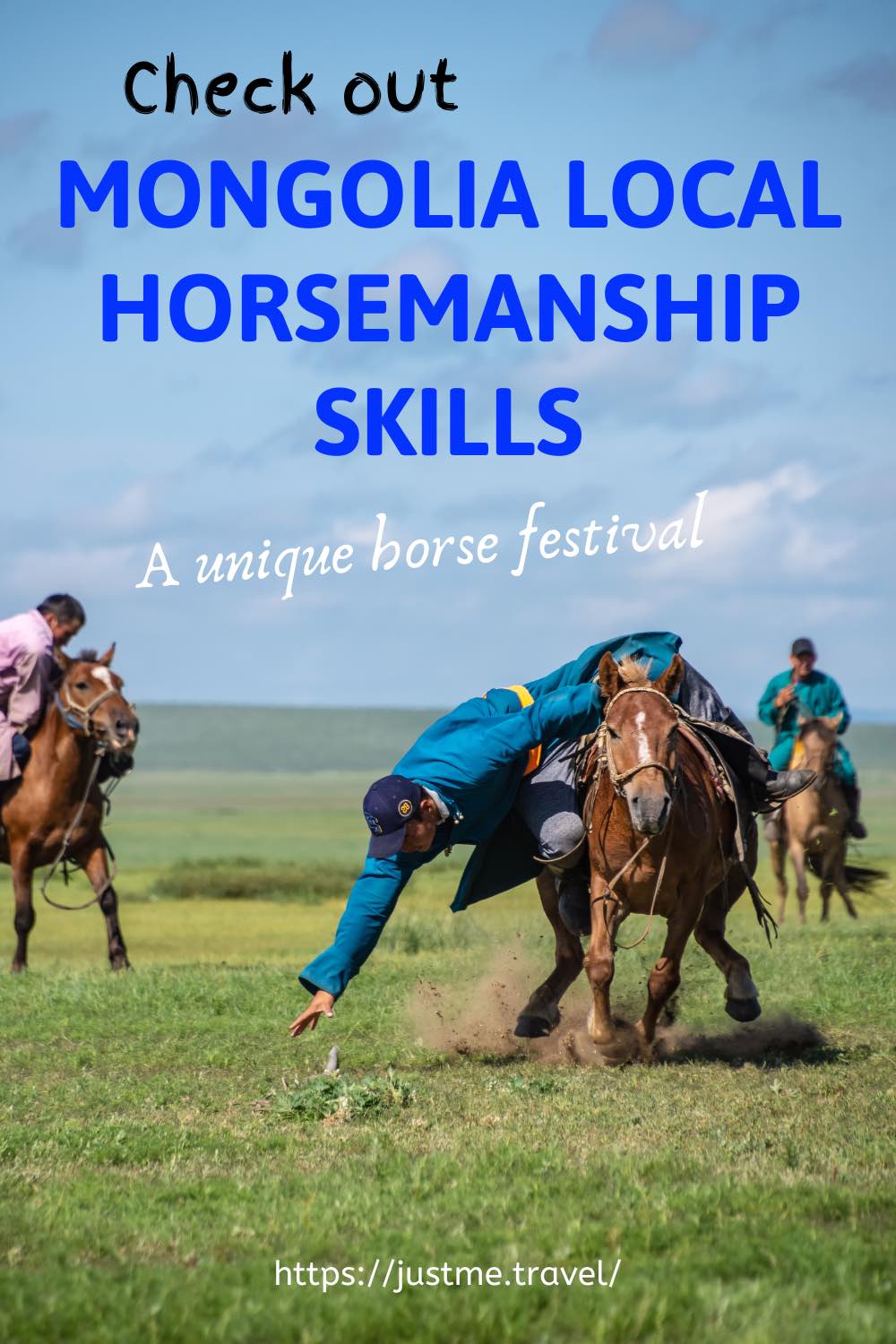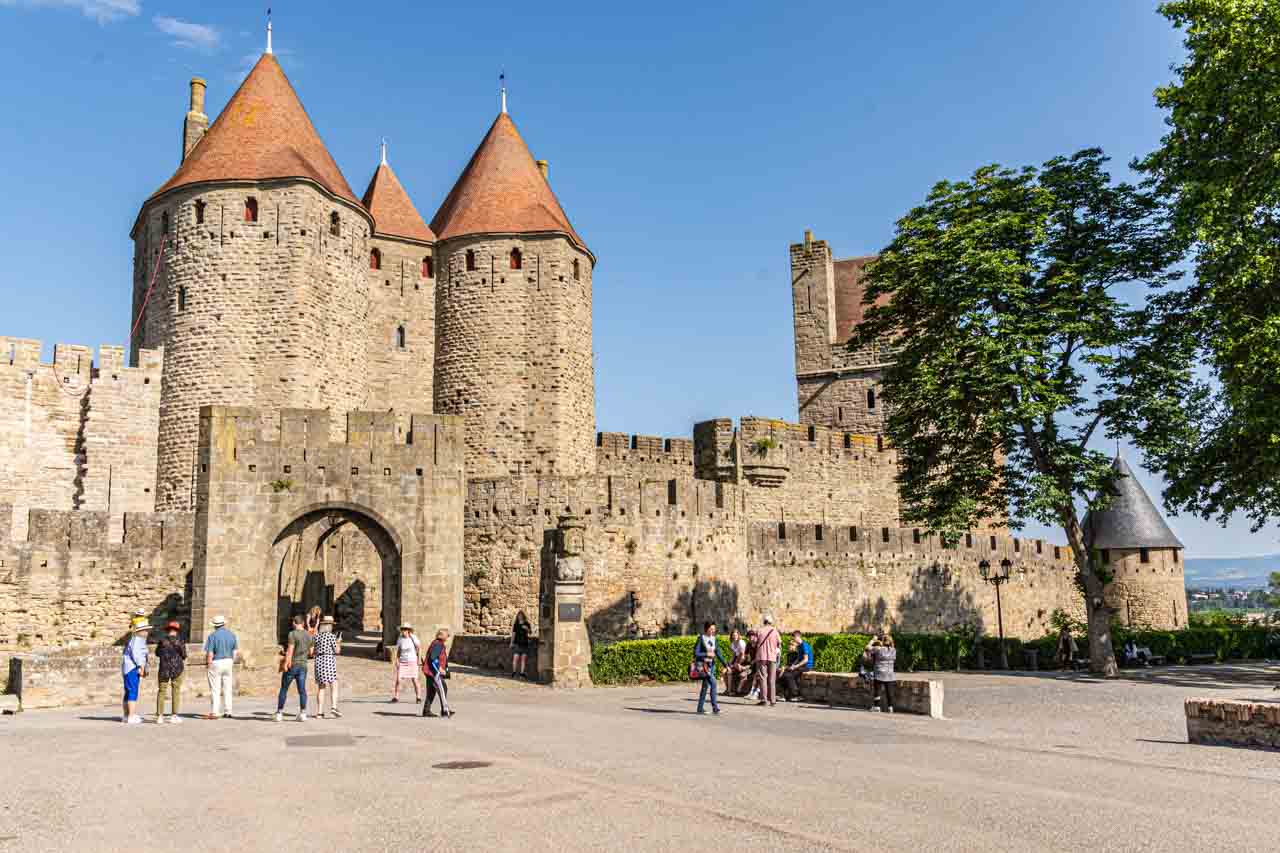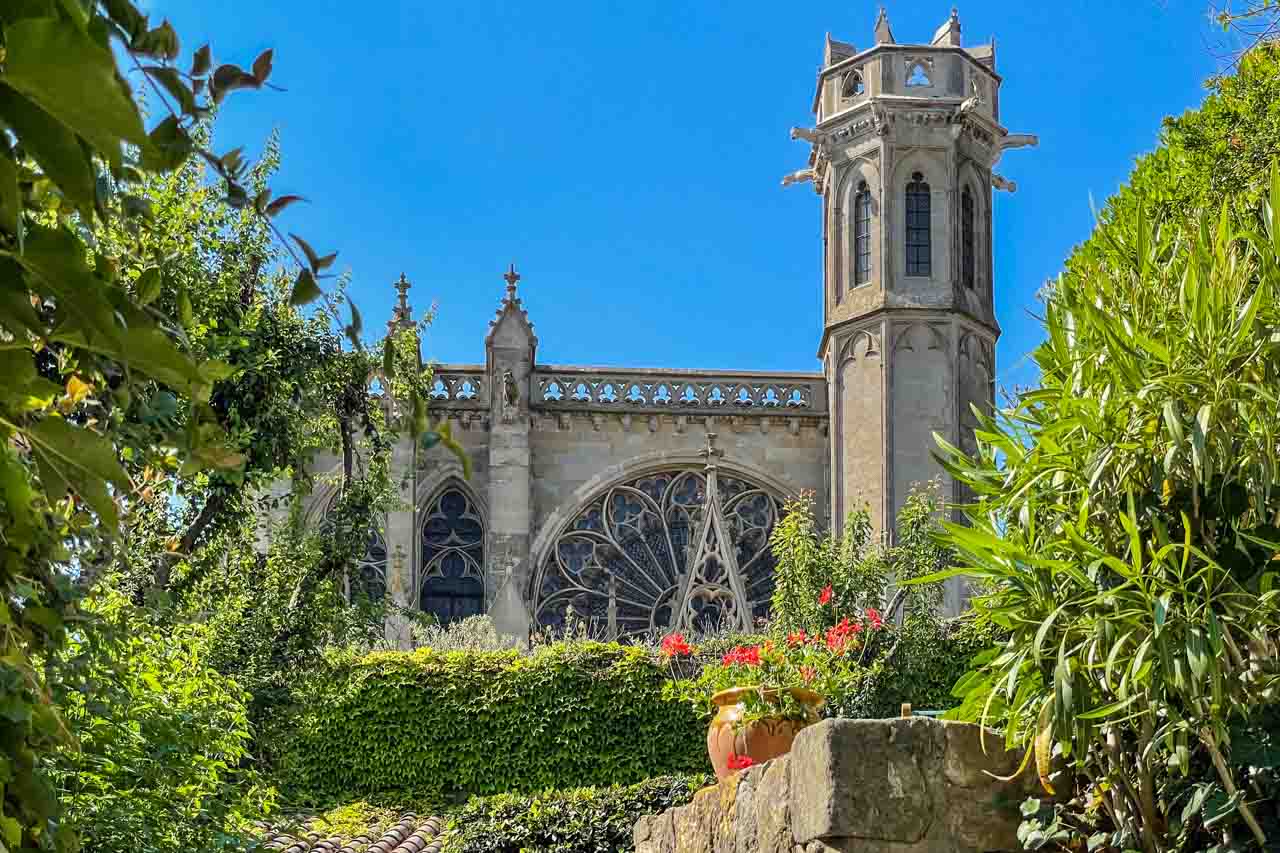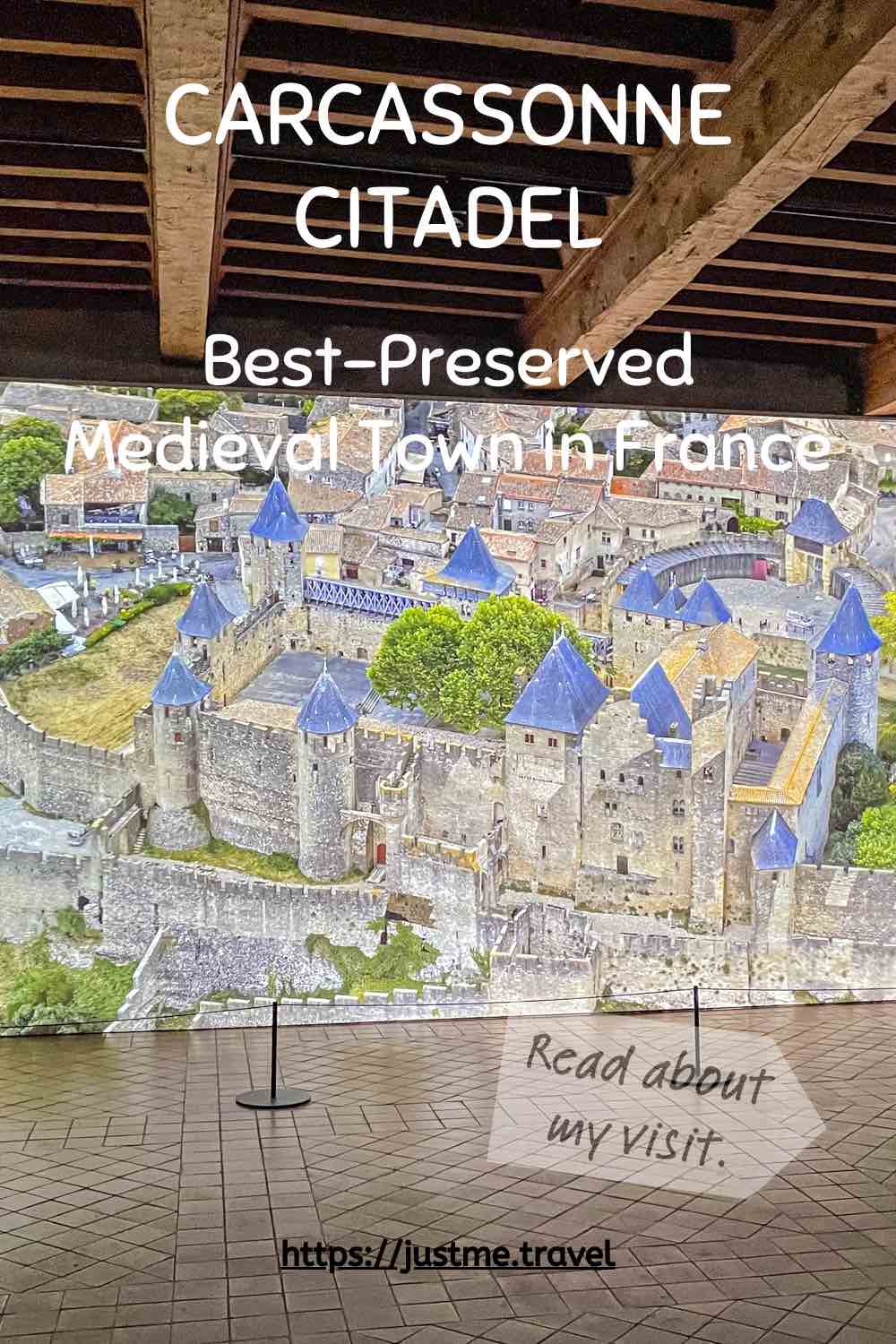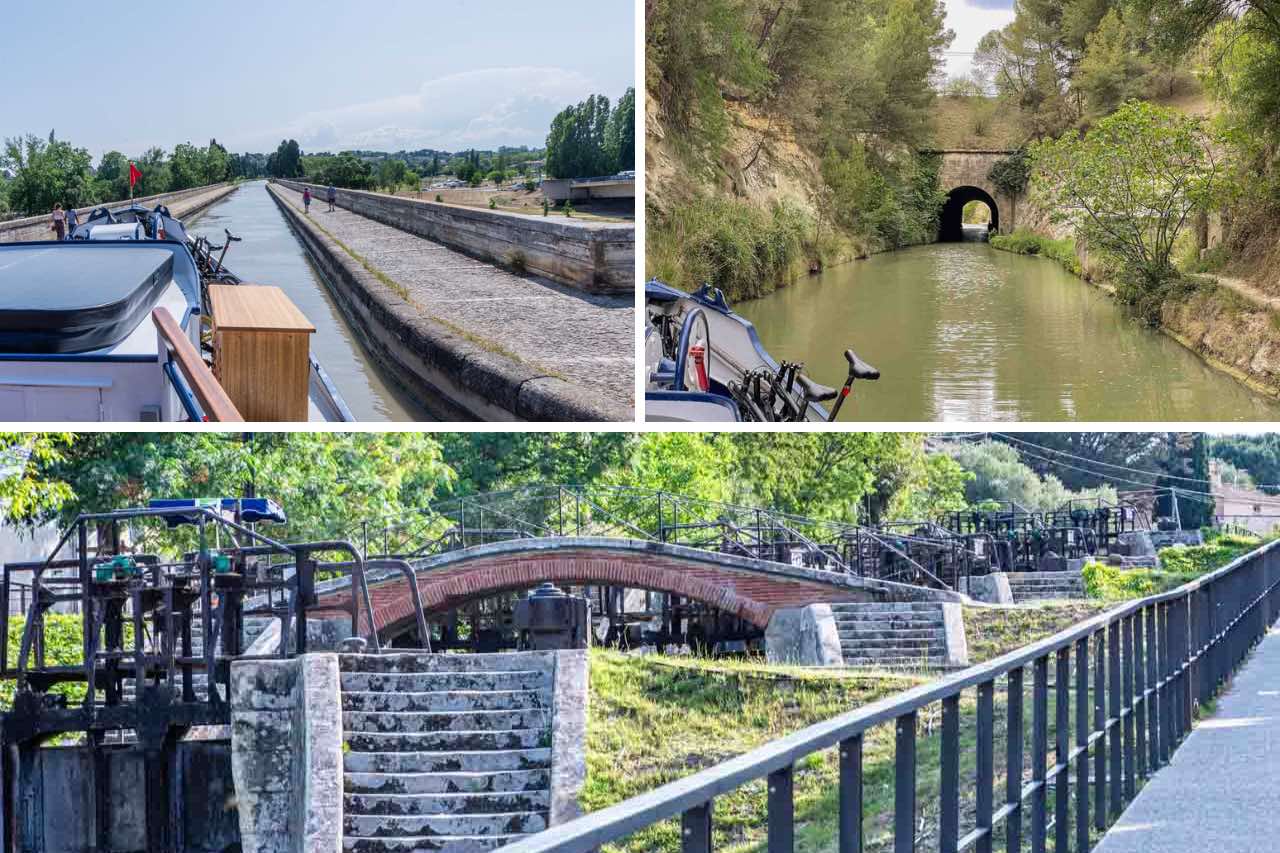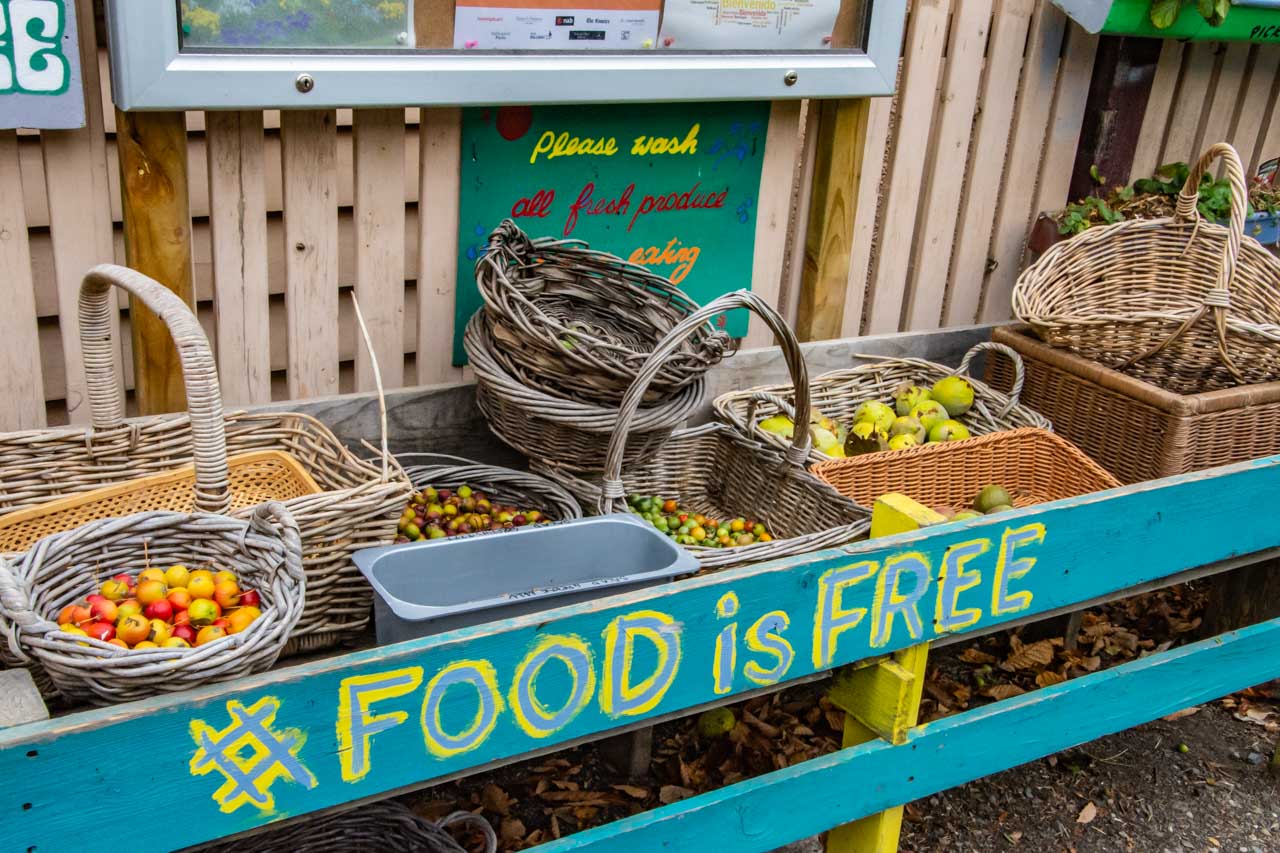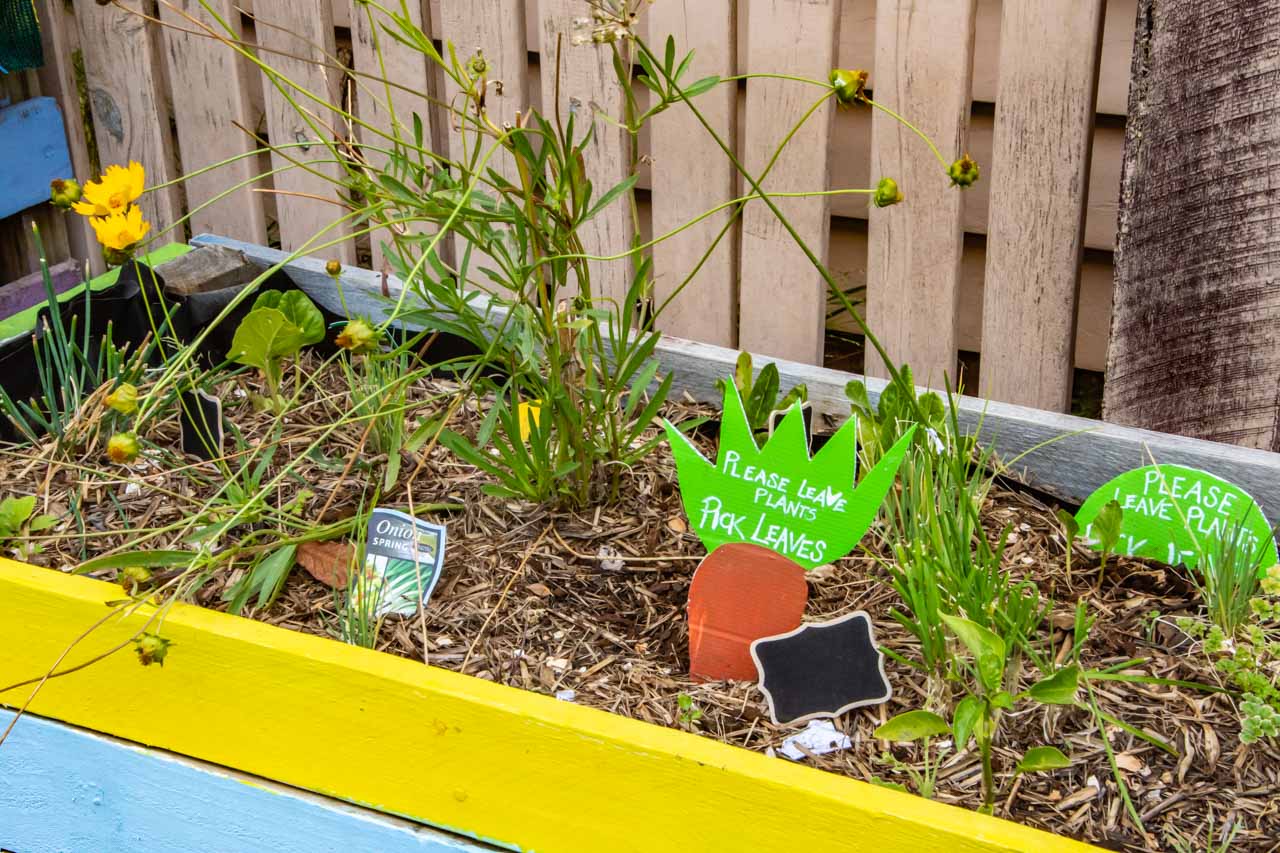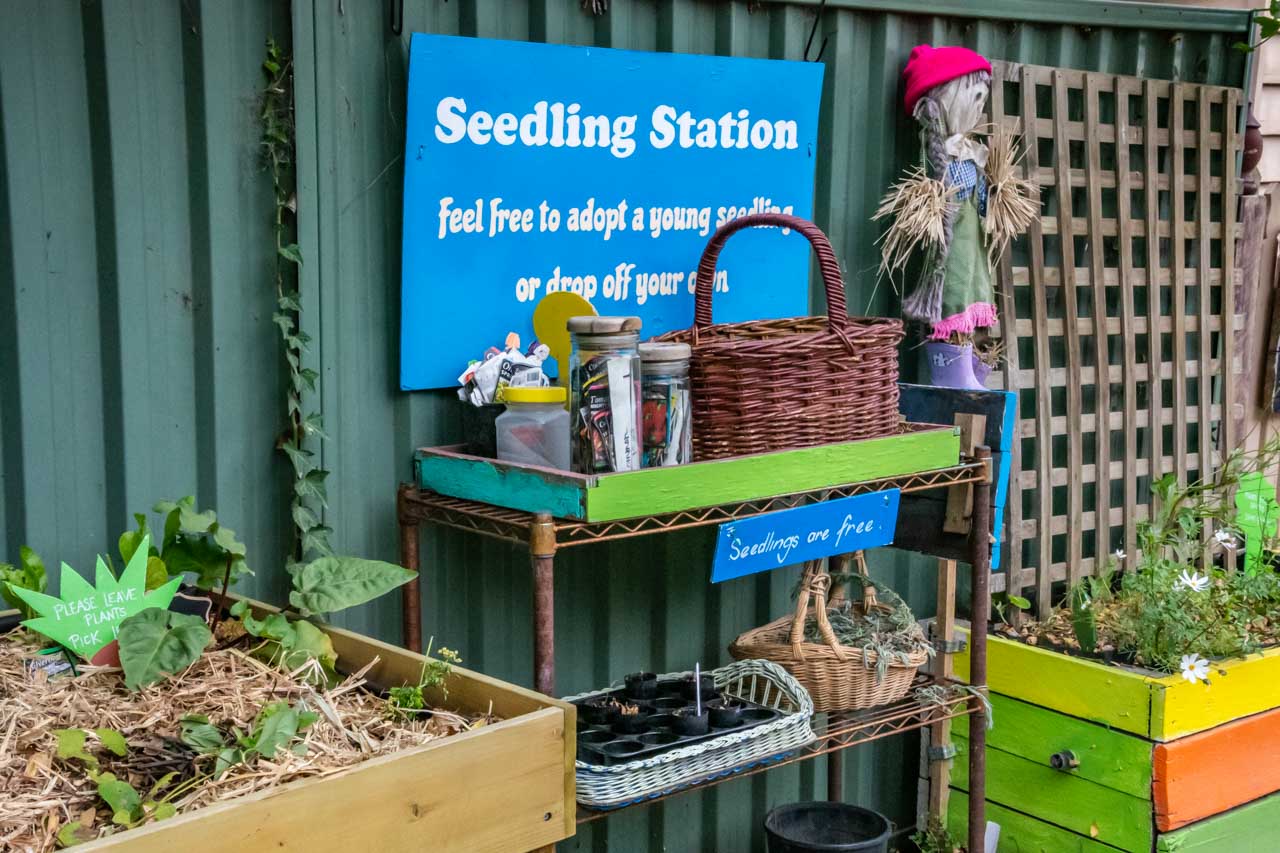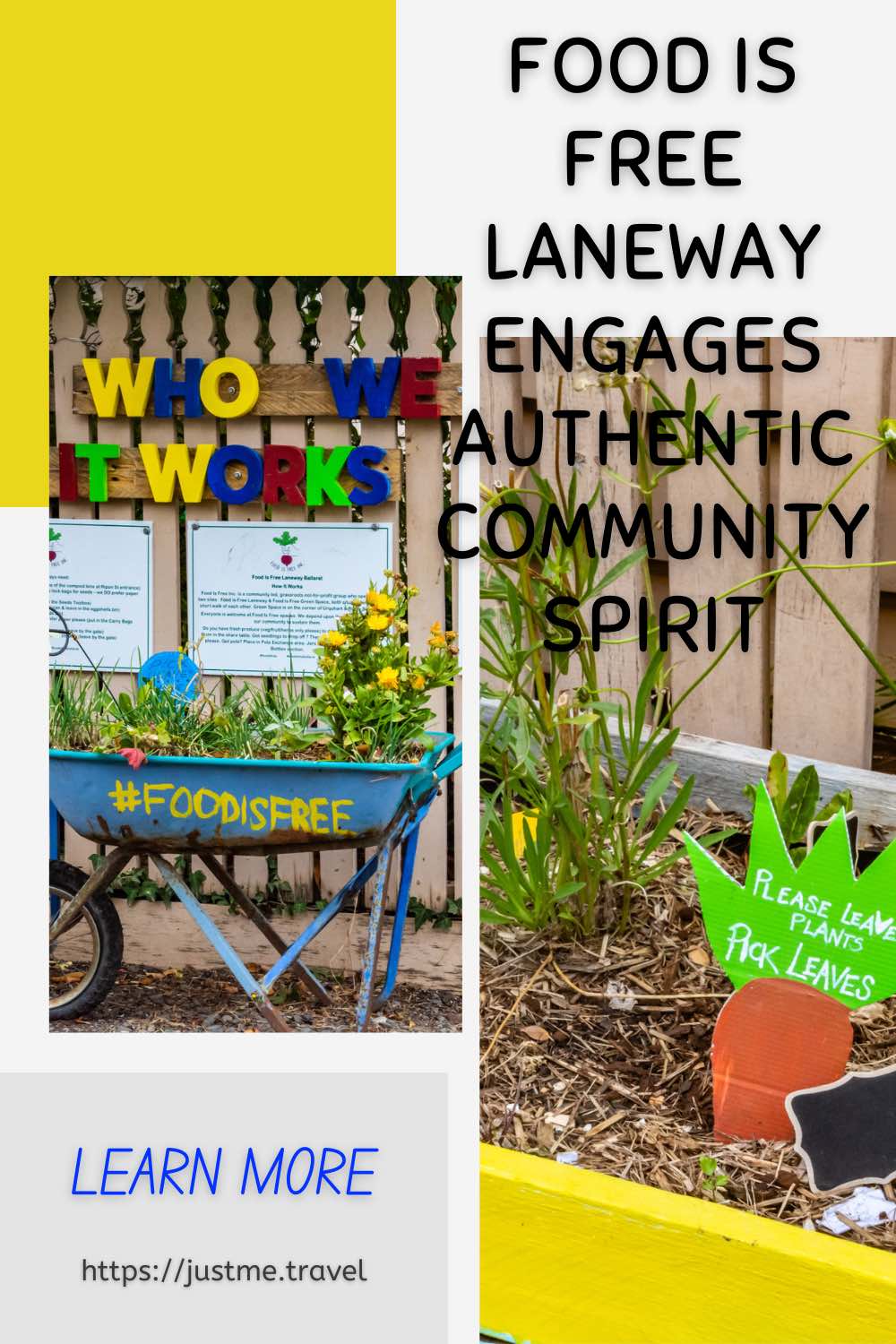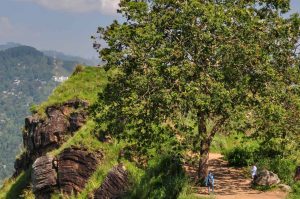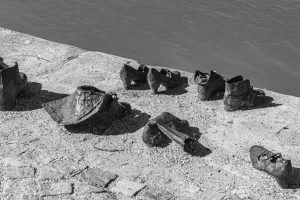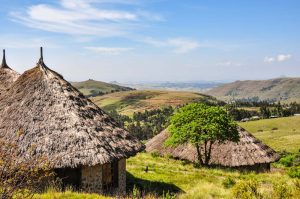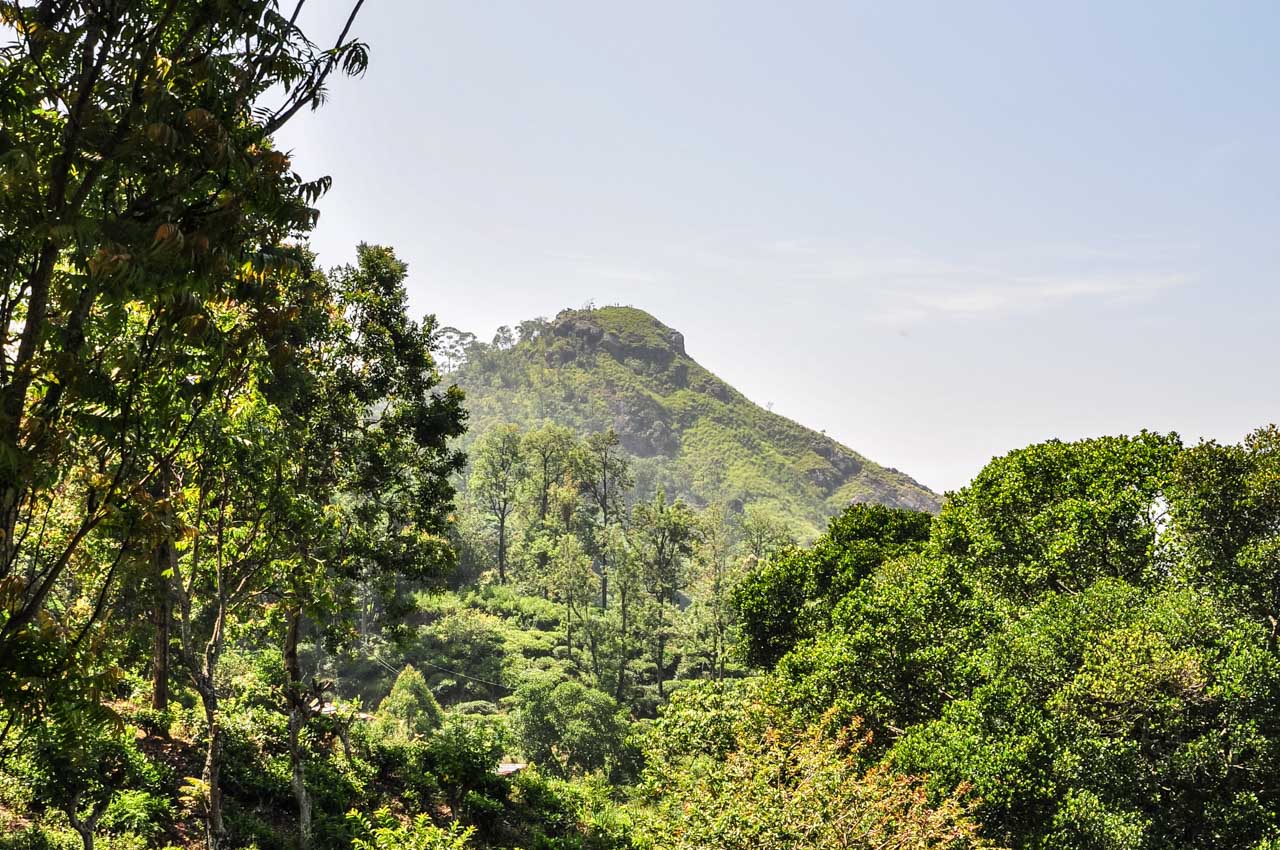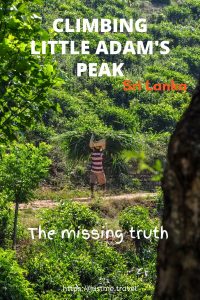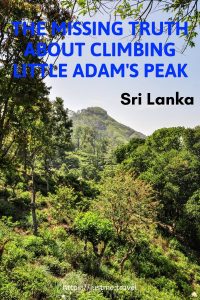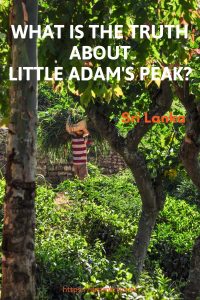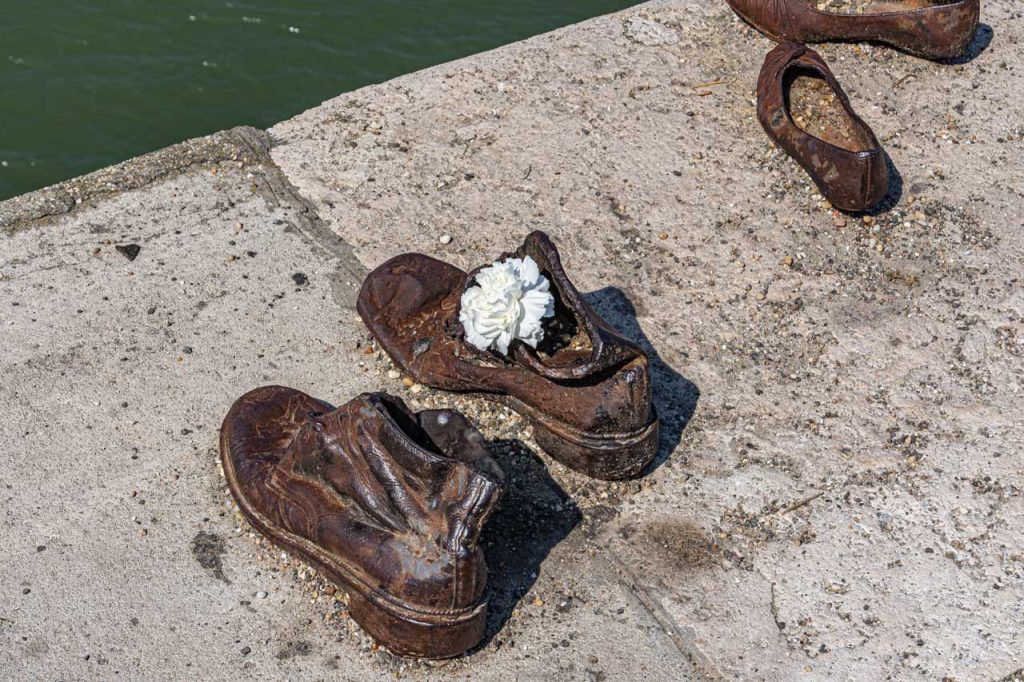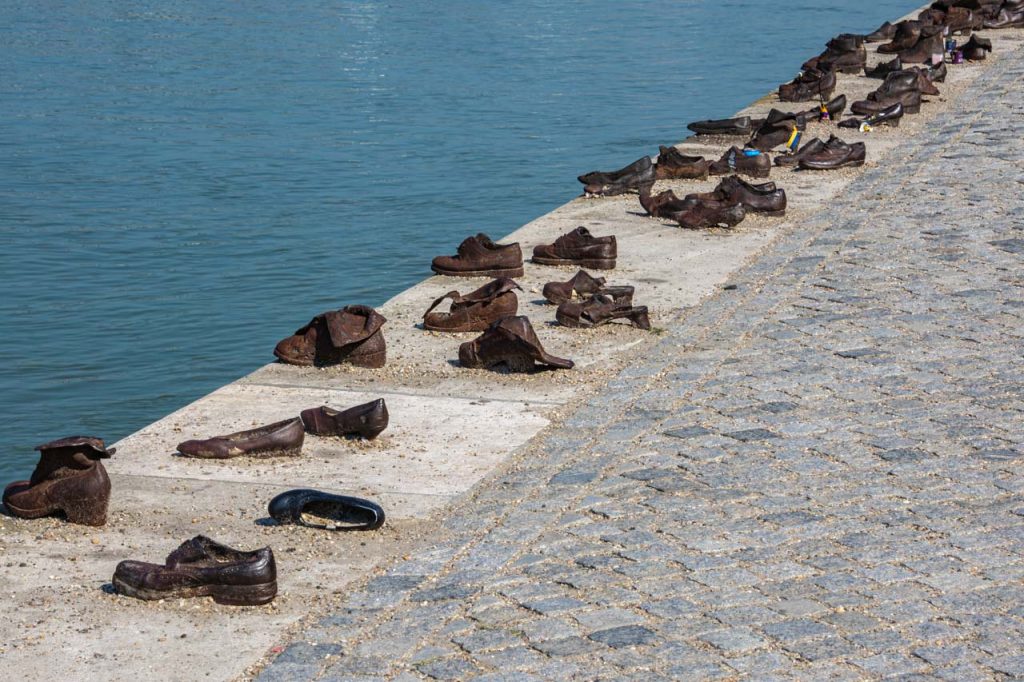Lost in Translation! Discover How a ‘Plastic Card’ Becomes a Hot Water Bottle in Ethiopia’s Simien Mountains Dear Pip, Having travelled as much as I have, I should…
Lost in Translation! Discover How a ‘Plastic Card’ Becomes a Hot Water Bottle in Ethiopia’s Simien Mountains
Dear Pip,
Having travelled as much as I have, I should no longer be surprised by how easily things can get lost in translation. But on this occasion, my physical comfort, or more precisely, my physical discomfort, enabled me to create my own meaning to communication.
I have arrived at the Simien Lodge in the Simien Mountains National Park. The Lodge is on an escarpment, and the mountain landscape is stunning. However, it was cold, and I needed to find my jacket from the bottom of my bag. This was the first time I needed my jacket since arriving in Ethiopia. It could have something to do with the Simien Lodge being 3,260 metres above sea level – the highest lodge in Africa.
The rooms in the Simien Lodge are spacious, with a good-sized bathroom, including a shower that I was actually able to turn around in (an issue in Ethiopian hotels). But the room was cold, and after a thorough search, I couldn’t find any means of heating it.
Due to arriving at the Simien Lodge after a very long drive (getting anywhere in Ethiopia involves a long drive), I decided a nap was in order. I would worry about the heating when I went down for dinner. Given the altitude and my hut being on top of a hill, I wasn’t going to walk up and down unless I absolutely had to.
Grabbing the blankets and quilts from the spare bed onto mine, I climbed into bed, thinking that at least I would be warm while I slept. How wrong could I be! I was still cold, even with an extra layer of clothes and my jacket. Needless to say, I went down for dinner as soon as the restaurant opened.
My first stop was at reception, where I asked how to heat my room. I was advised that the staff would provide me with “a plastic card for the bed” after dinner. I assumed this would be like a hotel room key card that you slot into a device to activate the room lights; I would slot this card somewhere in the room that I hadn’t yet located, and it would activate an electric blanket. An electric blanket would be most suitable. That it would be an electric blanket I hadn’t seen yet did not register. I should have known – don’t ever assume! The ‘plastic card for the bed’ was a hot water bottle. That I was disheartened by this method of heating my room was an understatement. How was I going to be warm? However, the hot water bottle worked a treat. I was snug in bed all night and had a great night’s sleep. That the room itself was cold mattered not one bit.
Tomorrow, I leave for Gondar, where, I am assured, it will be warmer.
Love,
Joanna
Editor’s Note: I originally published this blog post in April 2019 and have updated it for accuracy and comprehensiveness.
Disclaimer: This post contains no affiliate links. All views and opinions are my own and non-sponsored. All photos are my own and remain the copyright of Just Me Travel.
© Just Me Travel 2018-2024. All rights reserved.
Please share your ‘lost in translation’ experience in the comments below. I love hearing from you and look forward to reading and responding to your comments.
Like this post? Save it for later!
Author’s Note: Please check the latest travel restrictions before planning any trip and follow government advice.
You might also like
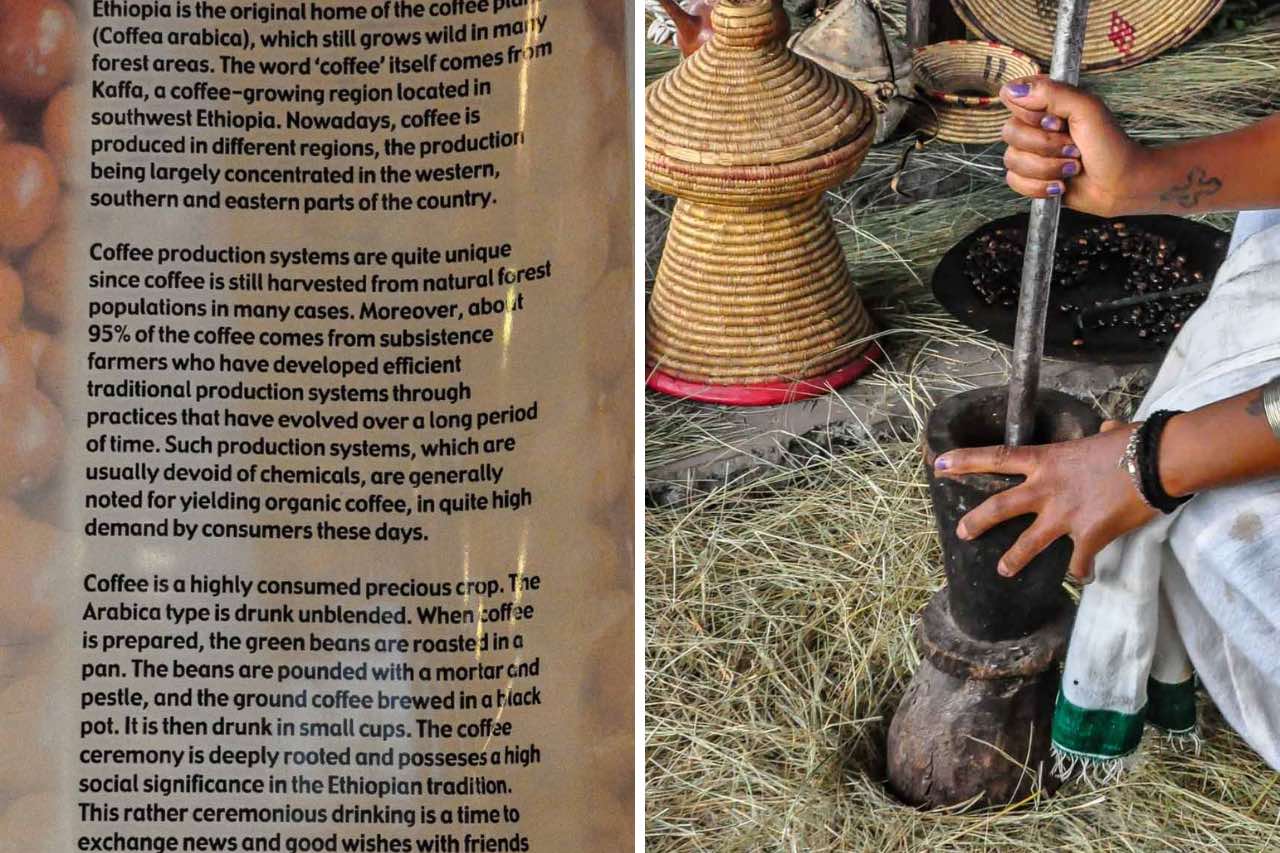 UNVEILING THE ETHIOPIAN COFFEE CEREMONY: Experiencing a Perfect Cultural Delight (2024 Updated)
UNVEILING THE ETHIOPIAN COFFEE CEREMONY: Experiencing a Perfect Cultural Delight (2024 Updated)
Journey to the birthplace of coffee – Ethiopia – where coffee isn’t just a drink but a ritual steeped in tradition and social significance. Learn the ritual steps of Ethiopia’s coffee ceremony.

